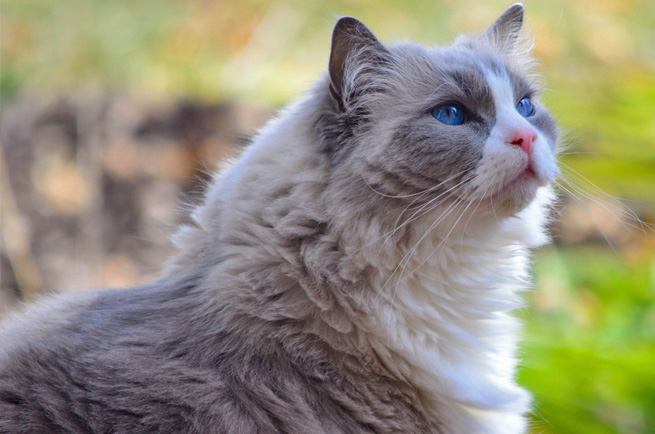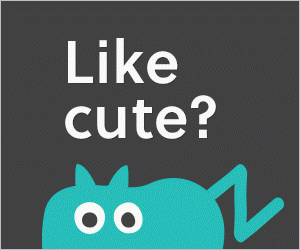Ragdoll
The name 'Ragdoll' comes from its relaxed nature and tendency to go limp–like a rag doll–in your arms. Ragdoll cats are large and powerful looking but they're actually very gentle and docile.They get on well with other pets and kids—as long as they're gentle. Because Ragdoll cats need little exercise they're well suited to apartment living. They're no Bear Grylls and this lack of survival instincts means they need to be kept indoors, yet they crave companionship so shouldn't be left alone for long periods of time. The Ragdoll cat has a broad head that has a flat top and is wide between the ears. The ears are medium-sized and tilted slightly forward and are rounded at the tip. The chin is firm with a level bite and the muzzle is rounded with plump cheeks. Ragdoll cats have big blue eyes and bunny-soft fur. It's a bit like a big teddy bear! The legs are substantially boned and are medium in length. The paws are large round and tufted. The tail is long and bushy.
Seal, Blue, Chocolate, Lilac, Red, Cream. Tortie and Tabby (Lynx) Patterns. Chocolate and Lilac (less common).
10-15 years
Although the Ragdoll is a large cat it is not very active and requires only 70 Kcals of food per kg bodyweight per day. Care must be taken not to let this breed become obese.
comments powered by Disqus



